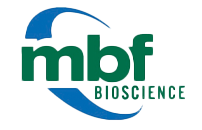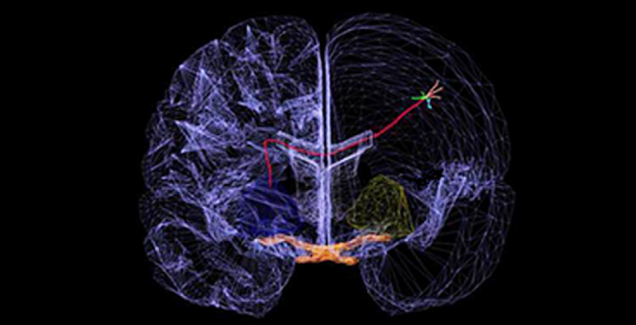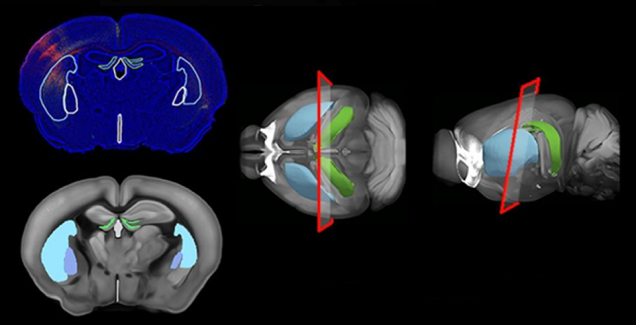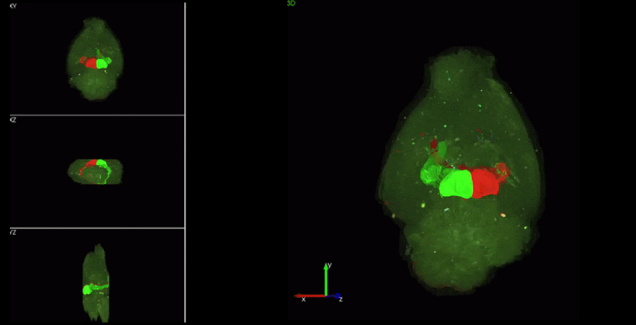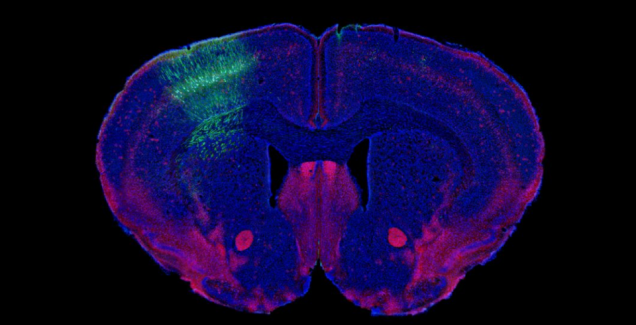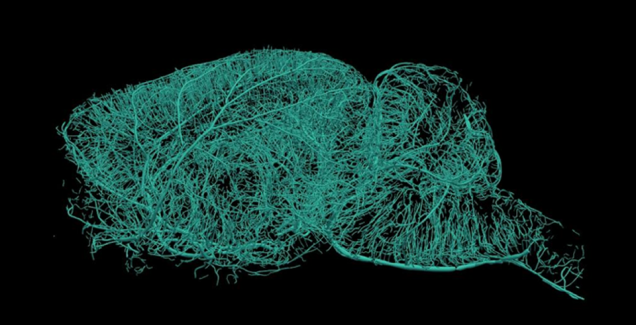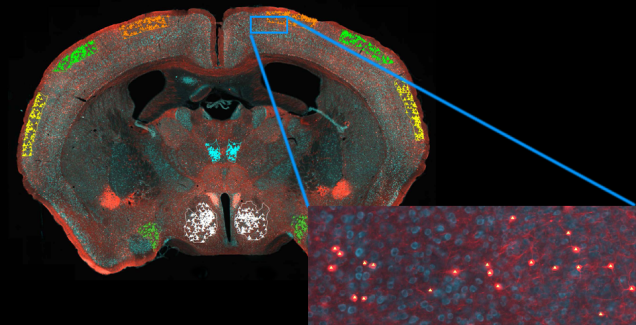
Cytoarchitectonics
The locations and distribution of cell types in the brain, can be analyzed with Neurolucida, NeuroInfo, and BrainMaker. Researchers can map the distributions of a particular cell type, like those producing parvalbumin for example, and obtain analyses such as the nearest neighbor analysis to determine the distance from one cell to another or the distance from the cells to an anatomical boundary.

